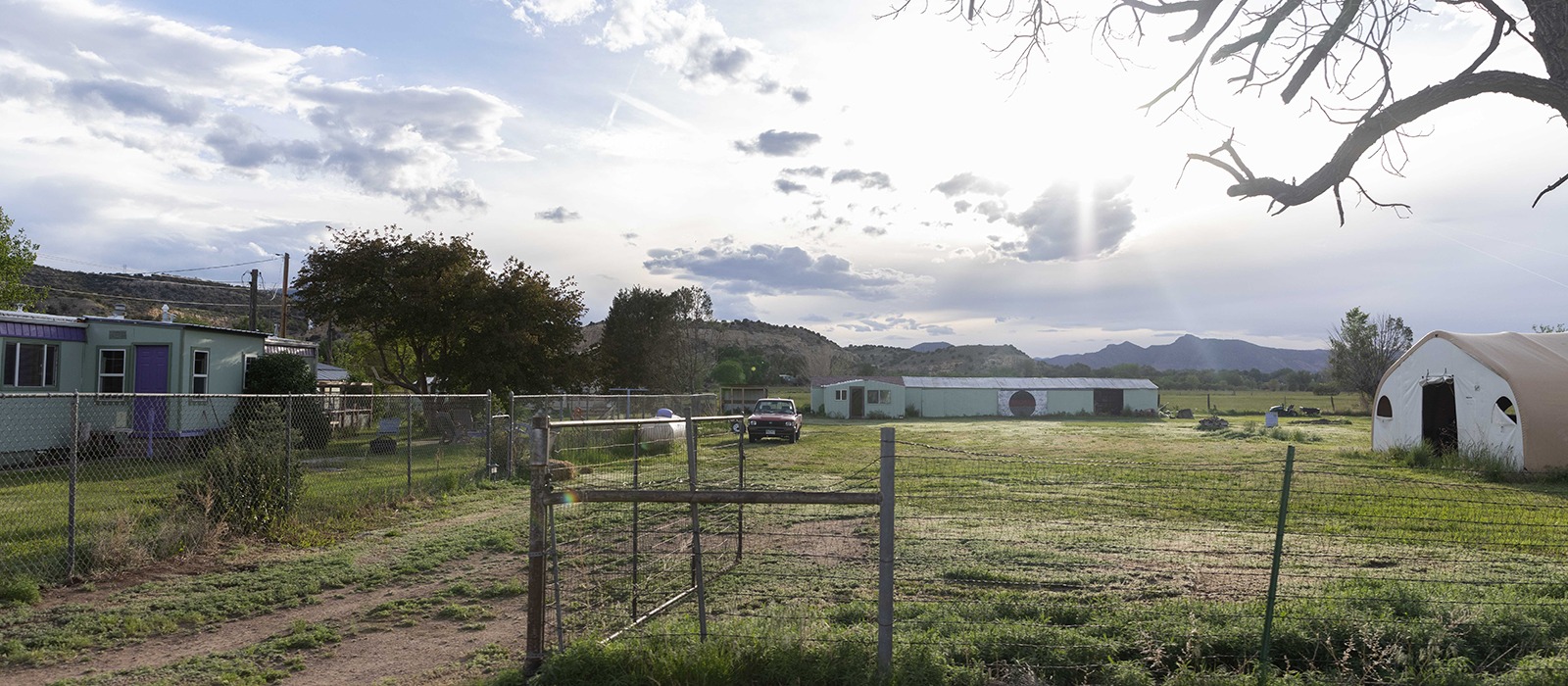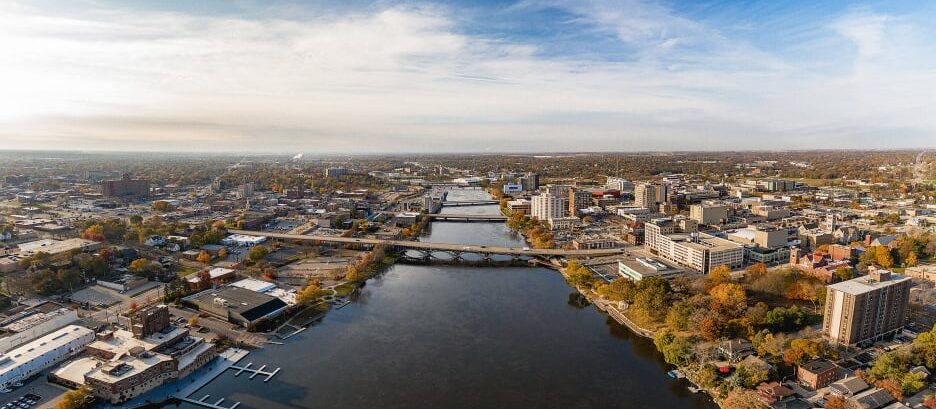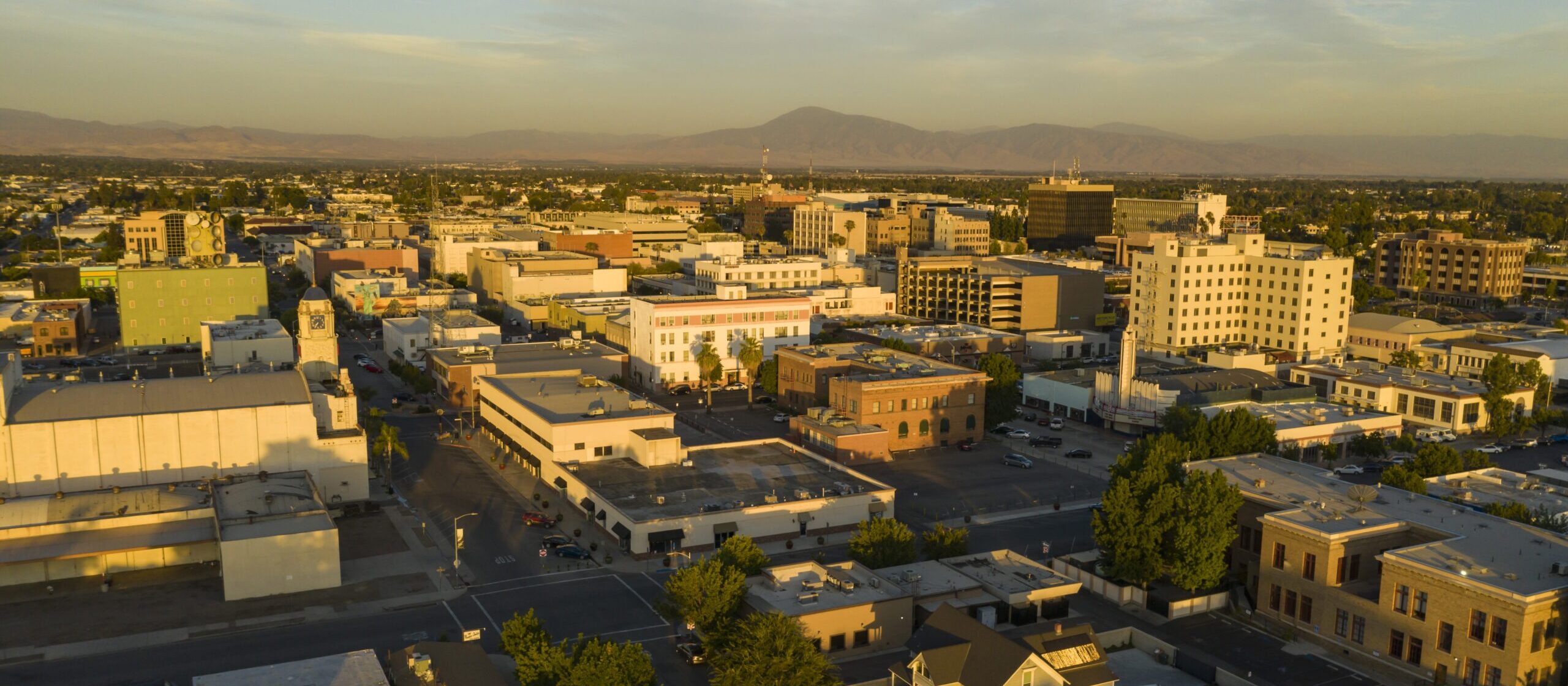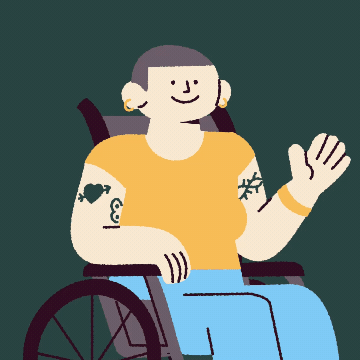Built for Zero is a movement of more than 100 communities working to measurably and equitably end homelessness — and proving it is possible.
Built for Zero is a movement, a methodology, and proof of what is possible.
The movement is made up of more than 100 cities and counties that have committed to measurably ending homelessness for entire populations. Using data, these communities have changed how local homeless response systems work and the impact they can achieve.
The goal is to achieve a milestone known as functional zero — an ongoing state where homelessness is continuously rare and brief. Together, they are proving that we can build a future where homelessness is rare overall and brief when it occurs.
What is the Built for Zero methodology?
In 2014, Community Solutions proudly announced that its 100,000 Homes Campaign had exceeded its goal. Communities across the country had housed more than 105,000 Americans in under four years. And yet, none of these participating communities had ended homelessness.
Our team wrestled with a question: what would it take to not simply count up to a certain number of house placements, but count down to zero people experiencing homelessness?
Since 2015, communities in Built for Zero have demonstrated that it is possible to design systems that continuously drive reductions in homelessness. It requires that they shift their systems toward data-driven ones that are accountable for measurably and equitably ending homelessness:
THE PROBLEM

No single actor is fully accountable for ending homelessness in a community. Each local agency or program holds its own small piece of the solution, but no one has their eye on how the pieces fit together.
THE BUILT FOR ZERO SOLUTION

An integrated, command center team. Key agencies, like the Continuum of Care, the housing authority, local government, and the VA, work together every week toward a shared definition of zero.
THE PROBLEM

Funders evaluate success on the performance of individual housing programs, not on whether a community collectively reduces homelessness. But single programs don’t get us to zero — whole communities do.
THE BUILT FOR ZERO SOLUTION

Community-level measurement. Built for Zero communities measure success by the total number of people experiencing homelessness, not by program outcomes. Data enables communities to rapidly test new ideas and understand if those efforts are working.
THE PROBLEM

A once-a-year count of a problem that changes nightly. Annual street counts are a snapshot; your community needs a video. Getting to zero takes line of sight into how people move through your system over time.
THE BUILT FOR ZERO SOLUTION

Comprehensive, real-time, by-name data. Built for Zero communities know everyone experiencing homelessness by name, in real time. The result is more tailored solutions for individuals and a clearer picture of the system as a whole.
THE PROBLEM

Housing supply paralysis. Expanded housing resources are crucial, but many cities have dramatically expanded housing supply without making a dent in homelessness. The reason? They never fixed the housing system.
THE BUILT FOR ZERO SOLUTION

Strategic, data-driven housing investments. Built for Zero communities use real-time data to secure the housing resources they need and target them for the greatest possible reductions in homelessness.
Along the way, Built for Zero is helping communities address key barriers, implement catalytic changes,
and forge partnerships that can drive their efforts to zero.
Quality Data
Comprehensive, real-time, person-specific data is changing how communities work, and the progress they can achieve.
Moving Upstream
To end to homelessness, we must understand how to prevent people from becoming homeless in the first place.
Racial Equity
Homelessness cannot be ended without addressing racial inequity in our systems.
What communities have reached functional zero?
By applying this methodology, a growing number of communities are proving it is possible to design systems that continuously reduce and end homelessness for entire populations.
14 communities have achieved functional zero for at least one population
12 communities have solved veteran homelessness
5 communities have solved chronic homelessness
3 communities solved ended both

Abilene, TX
Veteran (Nov. 2018) and chronic homelessness (Jan. 2020)

Bergen County, NJ
Veteran (Aug. 2016) and chronic homelessness (April 2017)

Fremont County, CO
Veteran homelessness (Feb. 2021)

Gulf Coast Region, MS
Veteran homelessness (Sep. 2015)

Norman, Cleveland County, OK
Veteran homelessness (Jan. 2017)

Arlington County, VA
Veteran homelessness (Dec. 2015)

Crater Region, VA
Veteran homelessness (Feb. 2021)

Lancaster City & County, PA
Chronic homelessness (March 2017)

Lake County, IL
Veteran homelessness (Dec. 2018)

Rockford, Winnebago & Boone Counties, IL
Veteran (Dec. 2015) and chronic homelessness (Jan. 2017)

Bakersfield, Kern County, CA
Chronic homelessness (March 2020)

Chattanooga, TN
Veteran homelessness (Oct. 2019)

Montgomery County, MD
Veteran homelessness (Dec. 2015)

Lynchburg Region, VA
Veteran homelessness (Feb. 2020)
We all have a role to play.



















